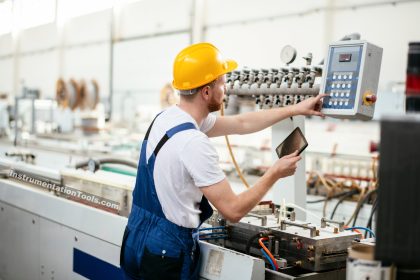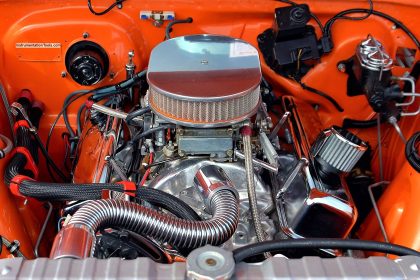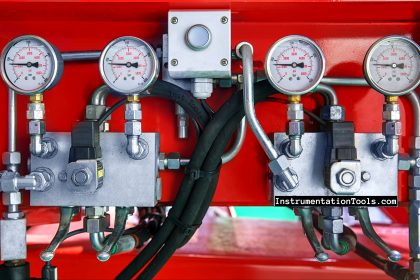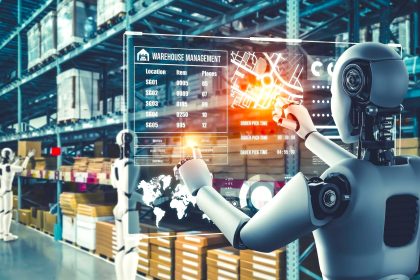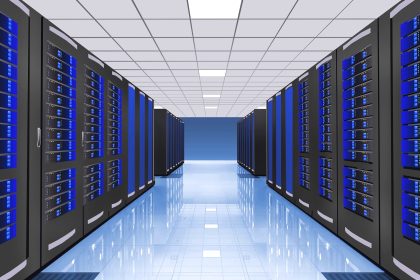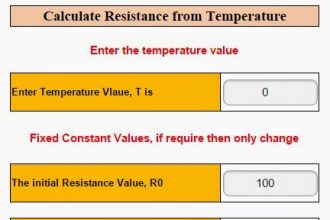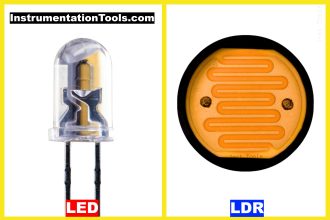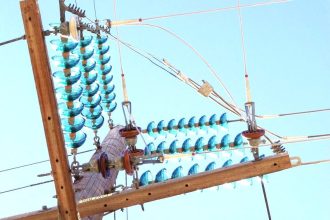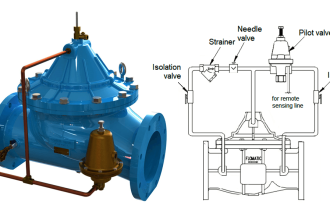We can all agree that very few products we use do not involve CNC machining. Cars, planes, household machines and appliances, medical parts, and toys all pass through a CNC machine at some point during the manufacturing process.
Computer Numerically Controlled (CNC) machining is now more versatile than ever. Because the number of axes has increased and the types of machines available, CNC machines are being used to manufacture increasingly smaller and more intricate parts. The advent of CNC machining has transformed the manufacturing industry.
This article is a complete custom CNC machining guide covering the types, benefits, materials used, and applications of CNC machining.
What is CNC Machining?
CNC machining is an adaptable and cost-effective manufacturing method. This method works with a wide variety of materials. As a result, CNC machining benefits a wide range of industries and applications.
This process is used in a variety of ways by manufacturers and machinists. It includes direct manufacturing, indirect manufacturing, and manufacturing in conjunction with other processes.
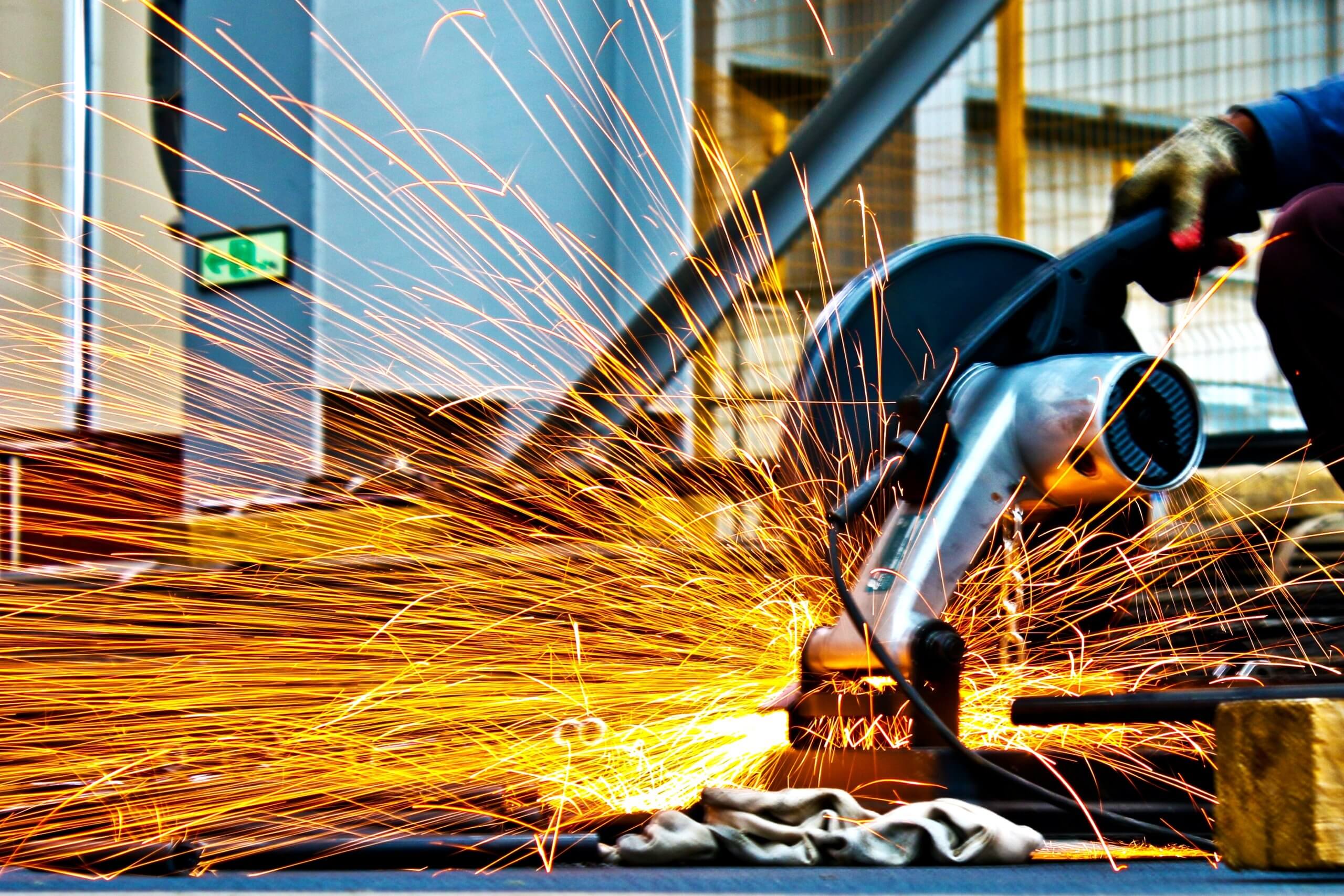
Types of CNC Machines
CNC machines come in a variety of shapes and sizes. They frequently borrow characteristics and attributes from one another.
However, at the most basic level, there are two main types of technology, as described below:
CNC Lathes
A spindle and a tool post make up a CNC lathe. The spindle can hold (usually) cylindrical raw stock in a chuck.
The chuck then spins rapidly, and the tool post moves a cutting tool perpendicular to and parallels the axis of the rotating raw stock. Non-cylindrical features can get machined on more complex machines such as swiss or turret lathes.
CNC Mills
The CNC milling machine combines the accuracy of computerized controls to rotate and position the multi-point cutting tools.
The ideal methods for CNC milling are:
- Plain milling
- Face milling
- Angular milling
- Form milling
Benefits of CNC Machining
These computer-controlled machine tools are ideal for producing complex parts in metal or any other material. It is primarily due to their high precision, accuracy, and speed.
Still, the primary benefit of a CNC machining shop is lower production costs throughout the manufacturing process. Here are the benefits:
Increased Accuracy
The accuracy of a CNC machine ensures consistent machined parts helping industries to meet customer demands.
The process is more precise than manual machining and gets repeated numerous times while maintaining the quality of the parts.
Increased Consistency
Because CNC machines are computer-controlled, they can deliver consistent results time after time. In contrast to traditional methods, which are prone to human error and inconsistency.
Increased Speed & Efficiency
In CNC machining, computers can control the machines, and the automated process increases the speed and quality of manufacturing.
The benefit of machines is that they are more efficient than manual machining.
Enhanced Capabilities
A CNC machine has a rotating carousel capable of carrying up to 30 tools. Machinists can swap these tools automatically during the machining process.
A CNC machine is more efficient than any engineer, no matter how experienced or skilled they are. With the help of the right CNC software, a CNC can produce a workpiece of any size & shape.
Cost Savings
CNC machining is frequently more cost-effective than traditional machining methods.
It is because CNC machines can be programmed to produce parts with extremely tight tolerances, often eliminating the need for costly secondary operations.
What are the Materials used in CNC Machining?
CNC machines get used to cut a wide variety of materials. Each material requires a unique set of machining parameters (speeds and feeds) to be successfully machined.
The following are the most common materials:
Metal
Metal is by far the most common material used in CNC machining. CNC machines can cut nearly any metal, from free-machining brass to nickel superalloys such as Inconel.
Metal machining encompasses a range of applications, including injection moulds, shafts, and gears.
Plastic
While injection moulding makes up a majority of plastic parts, CNC machining may get used to create plastic components. ABS (acrylonitrile butadiene styrene), nylon, and polycarbonate are examples.
Valve bodies, bushings, and injection moulding prototypes are examples of plastic machining applications that get used to testing the overall function before investing in expensive moulding tools.
Composites
When processing composite parts, CNC machines get frequently used. Composite materials can range from aramid to fibreglass to carbon fibre. Cutting tools are extremely abrasive when working with these materials.
Following the moulding process, aerospace and marine composite components get machined to add fastener holes and general trimming.
Wood
CNC routers get used to cut wood and are typically less expensive than standard metal-cutting CNC machines.
Wood CNC machining gets used for decorative purposes. Furniture, window frames, and ornamental panels are examples of applications.
Applications of the CNC Machining
CNC machinists serve a range of industries using the appropriate machine and material for the job. Because each of these industries has unique requirements, not all applications of CNC machining will work for every company.
Medical Industry
To meet the patients needs medical field relies on customized, high-quality products. However, many disposable devices are used in this industry to protect patients from contracting infections or diseases while receiving medical care.
Medical businesses require large quantities of precise parts to meet the needs of their patients and keep their facilities stocked with necessities. The ability to quickly create customized parts is one of the advantages of CNC machines in the medical field.
Aerospace Industry
Aerospace devices get subjected to various conditions, including high speeds, fast air currents, and extreme air pressures. Engineers must construct each component with the most precise tools and parts to avoid aircraft damage.
Aerospace CNC machining must meet precise specifications, such as tolerances of 0.00004 inches. Machinists must maintain such tolerances when working with extra-durable industry-standard materials like titanium, aluminum, nickel, and some plastics.
Oil and Gas Industry
Large machines get used in the petrochemical industry, such as refineries and drilling rigs. This line of work is dependent on precision-machined parts.
Problems such as valve leaks, piston failures, and cylinder malfunctions may occur if the parts do not perfectly match. Petrochemical companies require components manufactured on the most precise CNC machines to achieve efficient facilities.
The oil and gas industry moves at a breakneck pace, necessitating quick turnarounds and the occasional high-volume part processing.
Marine Industry
The marine industry requires precisely machined parts & what’s better than a CNC machine to meet the requirements? The marine industry relies on water-resistant components to last longer, resisting wear and damage.
CNC machining helps to produce long-lasting parts with exact design specifications.
Some of the marine components include:
- Electronic parts
- Insulating cases
- Prototype moulds
- Other boat parts
Conclusion
CNC-machined parts can get found all around you. They keep your car together and play critical roles aboard SpaceX rockets. Custom CNC machining get regarded as the only method of producing high-precision metal parts for engineering designs.
CNC machining is arguably the most manufacturing process of the twenty-first century, and its functionality drives technological progress. It’s a trade evolving with technology, and machinists are changing the world with their CNC machining abilities.
